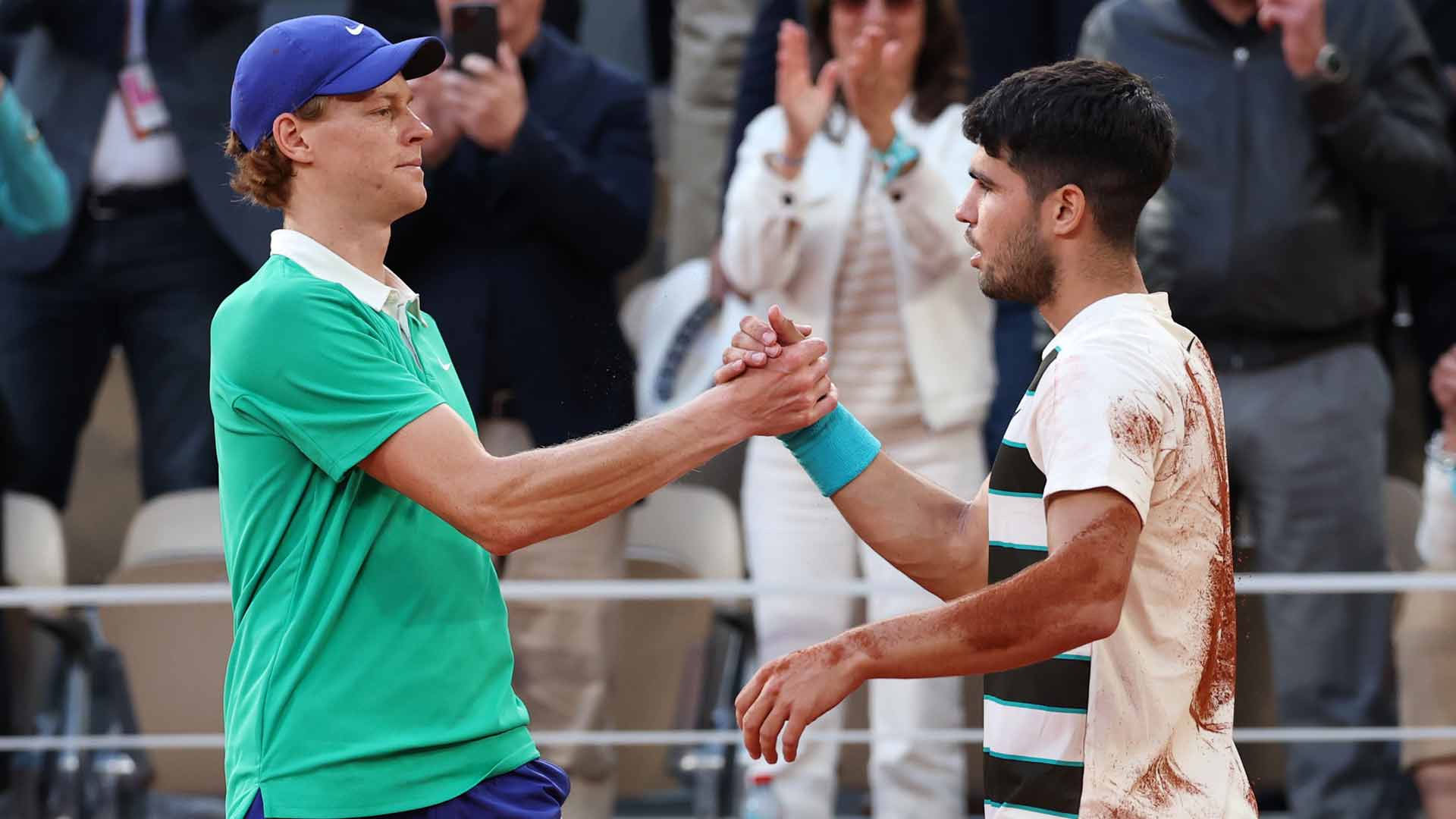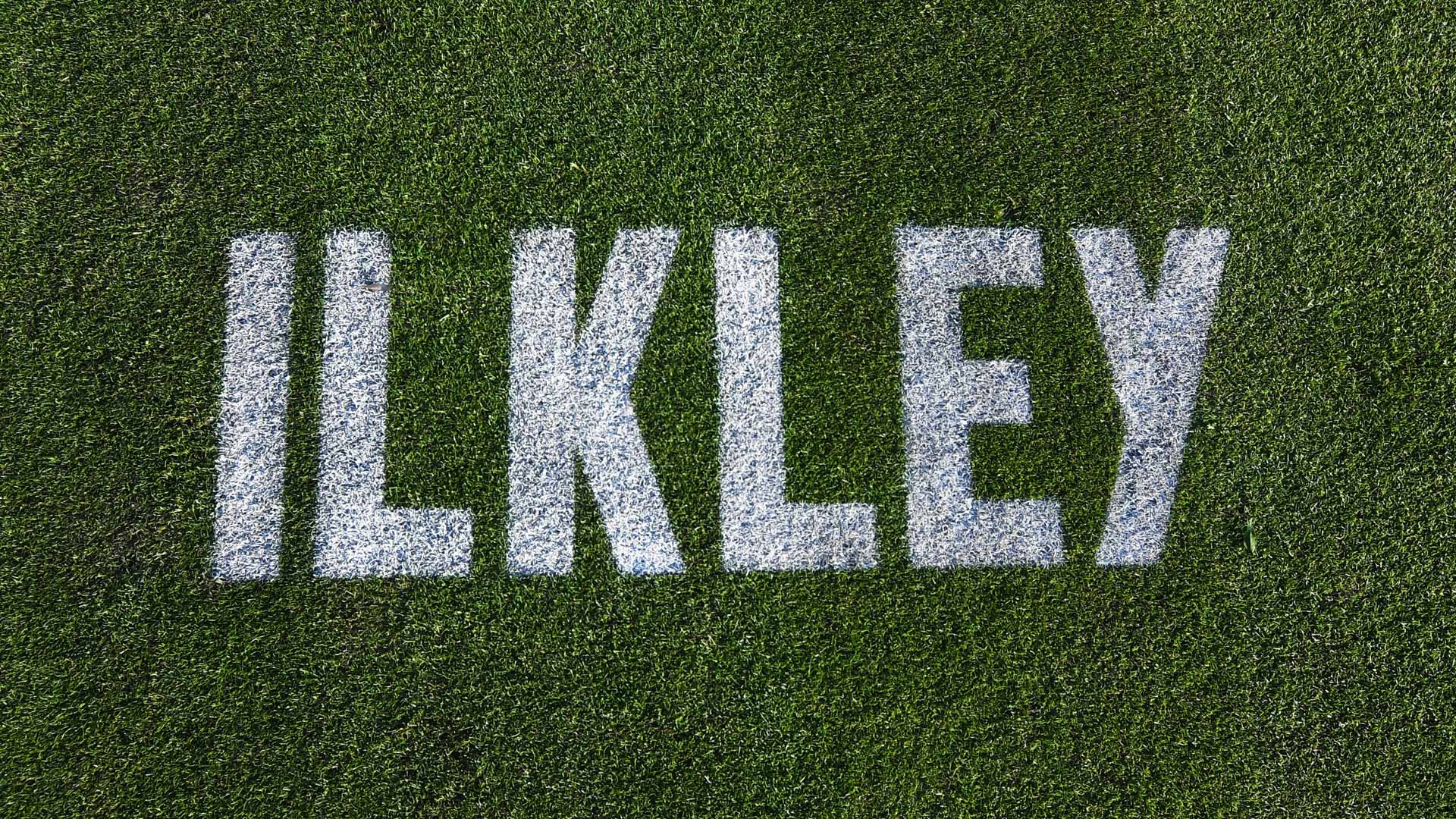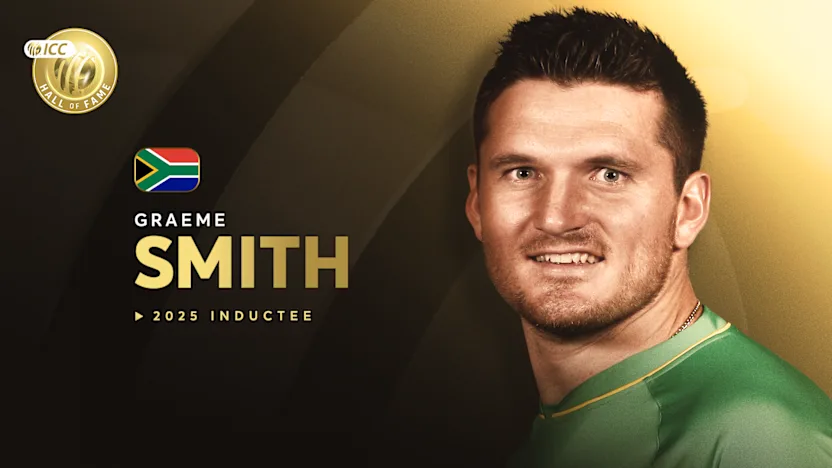French Open final: Coco Gauff beats Aryna Sabalenka to win second Grand Slam title

Follow live coverage of the French Open hereROLAND GARROS, PARIS — Coco Gauff beat Aryna Sabalenka 6-7(5), 6-2, 6-4 in the French Open final at Roland Garros Saturday.The No. 2 seed prevailed over the No. 1 seed in a chaotic, tense and enthralling match, ultimately decided by Sabalenka’s first-strike tennis, Gauff’s adaptability to the conditions and the most unsatisfying statistic in tennis.AdvertisementIt is Gauff’s first French Open title and her second Grand Slam singles title. It brings her closer to Sabalenka, the runaway world No. 1 in the rankings, and gives Gauff her first major title away from the hard courts of the U.S. Open.The Athletic’s writers, Charlie Eccleshare and Matt Futterman, analyze the final and its ramifications.Sabalenka’s drop shots took away Gauff’s favorite territory — until she stoppedSabalenka’s transformation from nearly winner to Grand Slam champion and dominant world No. 1 is built on the variety she has added to her game over the past 18 months.Her effective but one-dimensional power game is now far more rounded, and the first set of Saturday’s final demonstrated how important touch and feel have become. Sabalenka started the match using her much-improved and now extremely dangerous drop shot, but it vanished midway through the set, as she tightened up against an opponent who was defending brilliantly from the back of the court but not so brilliantly at the front.A match that started as a first-strike battle won by Sabalenka’s considerably heavier artillery evolved into a contest in moving side to side along the baseline, a contest that Sabalenka was never going to win without a release valve: her drop shot. In similar situations at last year’s U.S. Open — her semifinal against Emma Navarro and the final against Jessica Pegula — Sabalenka turned to drop shots and short angles to pull herself out of patterns she wasn’t enjoying.Against Gauff on Saturday, the opportunity was there to do it again, but Sabalenka just didn’t do it. The period she abandoned the shot entirely coincided with Gauff surging back into the set from 4-1 down to 4-4, but Sabalenka found it again at crunch time. Sabalenka used the drop shot three times to break for 6-5, including the last two points of the game.AdvertisementShe couldn’t serve the set out, but in the tiebreak, she kept herself alive with a forehand drop shot winner to reduce the deficit to 4-3. And then, from 5-5, she sealed the set with a nerveless drop shot at the end of a lengthy rally — precisely the tactic she should have been using earlier in the set — and then a perfect stop volley on the next point.Charlie EccleshareHow Gauff won the match Sabalenka wanted to playIn matches when the outcome is on one player’s racket, the other player has a very tough task. Being the secondary character in a drama of two is an unenviable position, but Gauff inhabited it with aplomb. It’s one of the most intriguing and hard to understand things about tennis: because it is a sport of matchups, its biggest stars sometimes have to play roles that don’t make them the player in control.Gauff made her greatest assets — her court coverage, lateral movement, and baseline defense — the most important things in the match, after Sabalenka tried, and succeeded, to turn the contest into a first-strike exchange for the first few games. When Sabalenka stopped hitting her drop shots and started swinging Gauff from side to side, Gauff had won a battle that would slowly turn into the whole war, even as she came from 4-1 down back to 6-6 before ultimately losing the first set.From then on, she took over by letting Sabalenka keep playing that way and locking down the parts of her tennis that have caused her problems in the past. She made first serves. She cut out double faults. She used her forehand rather than letting Sabalenka dictate to it, starting to shape heavier balls into the Belarusian’s backhand.When it was over, the measures of first-strike effectiveness, the match that Sabalenka wanted to play, came out in Gauff’s favor. She won a higher proportion of first-serve points. She won more receiving points against first serves. And she won 69 points in rallies of 1-4 shots, compared to 56 for Sabalenka, but that only tells half the story.AdvertisementWhen Sabalenka was serving, she won 33-29 of those points. When Gauff was serving, she won 40-23. Did she win them blasting serves and plus-one (the shot after the serve) winners? No, that’s not her game. But she won the game that Sabalenka wanted to play. In tennis, that is the ultimate compliment.James HansenGauff played the match in front of her“Champions adjust” is one of Billie Jean King’s favourite maxims, and it was Gauff who did it all match long.Sabalenka played her semifinal against Iga Świątek under the roof, and the controlled conditions eliminated a variable for her when Świątek started blasting her forehand and moving Sabalenka around the court.Not so Saturday, when the wind was undoubtedly an irritant to both players, but affected Sabalenka much more than Gauff — not in the sense that she couldn’t play in it, but that on a tennis court, when things get difficult and confidence starts to fade, any external factor, whether wind, sun, spectators, or anything else, has the potential to turn from an uncontrollable to manage into an irritant.Sabalenka often waited and waited before serving to let a gust die down, and looked uncomfortable shifting her feet when the wind caused the ball to change direction. Her expressiveness seems to generally work just fine for her — one of her team’s mantras is “don’t fight it, don’t feed it” — but in repeatedly venting her frustration about the wind, she showed her hand to Gauff.Coco Gauff faced fewer direct moments of adversity, but she dealt with external factors better than Aryna Sabalenka. (Alain Jocard / AFP via Getty Images)Gauff appeared unmoved by the conditions throughout. She played high-margin tennis, let Sabalenka move her from side to side and accepted that the points she lost to blistering winners and feathered drop shots would fade into the final reckoning on the scoreboard.The final game epitomized this. Sabalenka hit a winner on the back of the line to save a match point, but Gauff played cleaner overall, taking the final when Sabalenka blazed a last backhand long.Charlie EccleshareHow Sabalenka’s game unraveledIf someone was watching this final without a scoreline, and without knowing the rules of tennis, they would have thought Gauff was destroying Sabalenka.But for the first four games, Sabalenka looked on edge. All afternoon, she followed nearly every error with some sort of self-flagellation.Sometimes she smacked a ball. Sometimes she grabbed her head. There’s the hands on hips and puff up the cheeks stance. There’s the whacking of the the thighs. She shakes her head. She turns to her box and asks how her life could possibly have led to this point where she would miss an easy volley or forehand.AdvertisementMeanwhile, Gauff stood across the net the essence of cool. She barely ever breathes from her mouth between points. She might let her eyes sag for a moment but that’s it.And yet, for long long stretches she was losing. And Sabalenka was winning but looked like she was losing.This has been one of the keys to Sabalenka’s growth.“We have a very simple saying: ‘Don’t fight it, don’t feed it.’” said Jason Stacy, one of Sabalenka’s coaches, in a news conference ahead of the final.“The stress, anxiety, the pressure, the mistakes, all those things are going to be there, so you can’t pretend it’s not going to be a thing, but you don’t want to feed it either and give it too much energy or power”The key though, is she has learned to take back control of the situation quickly with a few calm breaths.She needed that to survive a 77 minute first set filled with dips and highs. She needed it when the error bug attacked her in the second set. And she needed it win or lose, to survive the crucible of a third set with Grand Slam on the line.Aryna Sabalenka recovered from a game that would have tested most players’ resilience. (Thibaud Moritz / AFP via Getty Images)She just couldn’t grasp it that final time. Instead of finding the calm she has felt in so many tight moments over the past two years as she has become the dominant woman in the world, Sabalenka went the other way and Gauff let her do it. The American’s calm, steadiness and control, of her strokes and of her mind, were the most important factors in a final whose tennis was on the racket of her opponent.Matt FuttermanA match to test the limits of tennis’ most unsatisfactory statisticThe unforced error statistic is one of the most debated in tennis. Some argue that an error is very rarely entirely unforced, because even the simplest misses can result from the accumulation of pressure over several points. The opponent and occasion can make a huge difference, and they can help explain Sabalenka’s high number of unforced errors on Saturday. Her aggressive style means there is always scope for mistakes to creep in.AdvertisementAgainst Gauff, her numbers were not good — 70 unforced errors to 37 winners — with the unforced errors making up 59 percent of Gauff’s total points won. Was this simply a case of her game breaking down? Almost certainly not. Many of the mistakes she made came at the end of long rallies that she would have won against the overwhelming majority of other players on tour.But against Gauff, the game’s most durable defender, Sabalenka found herself having to go for the lines because nothing else would do. Inevitably, those smaller margins led to more mistakes. The French Open’s statistics do record forced errors, putting Sabalenka at 19 for the match, but so many of the “unforced” errors felt like something more.The combination of opponent, stakes and conditions was one that Sabalenka battled against all afternoon. Gauff, by contrast, embraced it. This final was not a tennis classic, but Gauff managed the things that made it difficult better than Sabalenka did.Charlie EccleshareWhat did Coco Gauff say after the final?“First, I’d like to thank God for always keeping me in his corner. I’m just happy to be here. A lot of hard knocks. It means a lot to be here,” Gauff said in her on-court interview.“I’d also like to congratulate Aryna, you’re the No. 1 player in the world and it was a tough match. You deserve all the results you get and every time we play it’s such a tough match for me, so congratulations.”Addressing her coaches, she added: “You guys have been a joy to be around. Pushing me, also making it fun. I know I can be too serious, so thank you. I appreciate you guys so much.”Gauff continued, now speaking to her parents: “You guys keep me grounded and give me the belief. Thanks and I love you guys. To my brothers at home, you are the reason I do this, and you inspire me more than you know.Advertisement“Honestly, I didn’t think I could do it, but I’m going to quote Tyler the Creator right here. He said: ‘If I ever told you I had a doubt inside me, I must be lying’.“I was lying to myself, so thanks to Tyler, and thanks to you guys.”What did Aryna Sabalenka say after the final?“You know, honestly guys, this will hurt so much. It was really a blur. Such a tough two weeks,” Sabalenka said in her on-court interview.“In these terrible conditions, showing such terrible tennis in the final, this really hurts. Anyway, Coco congrats, in these tough conditions you were a better player than me.“Well done on a great two weeks, congrats on the second Grand Slam, well deserved. You are a fighter, congrats to you and your team. Thanks to you guys for the atmosphere, I really enjoyed every second out here playing in front of you all.”Sabalenka then turned to her team: “Thank you to my team for your support. I’m sorry for this terrible final. Anyway, thank you everyone. Thank you. As always, I’ll come back stronger.”Recommended reading(Top photo: Thibaud Moritz / Getty Images)











